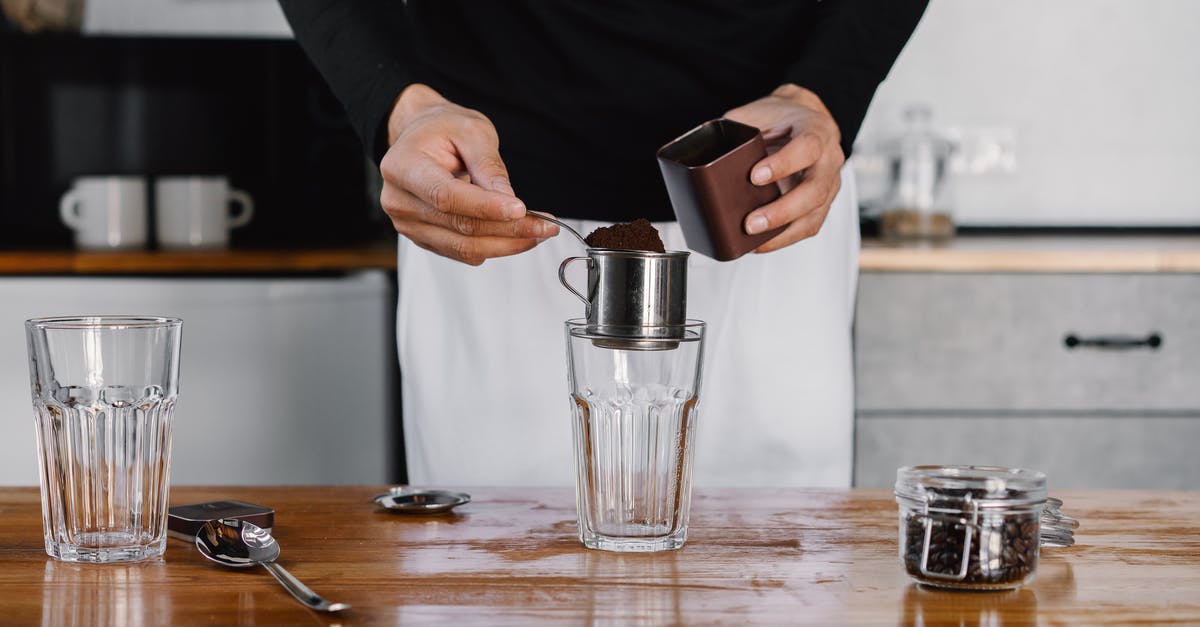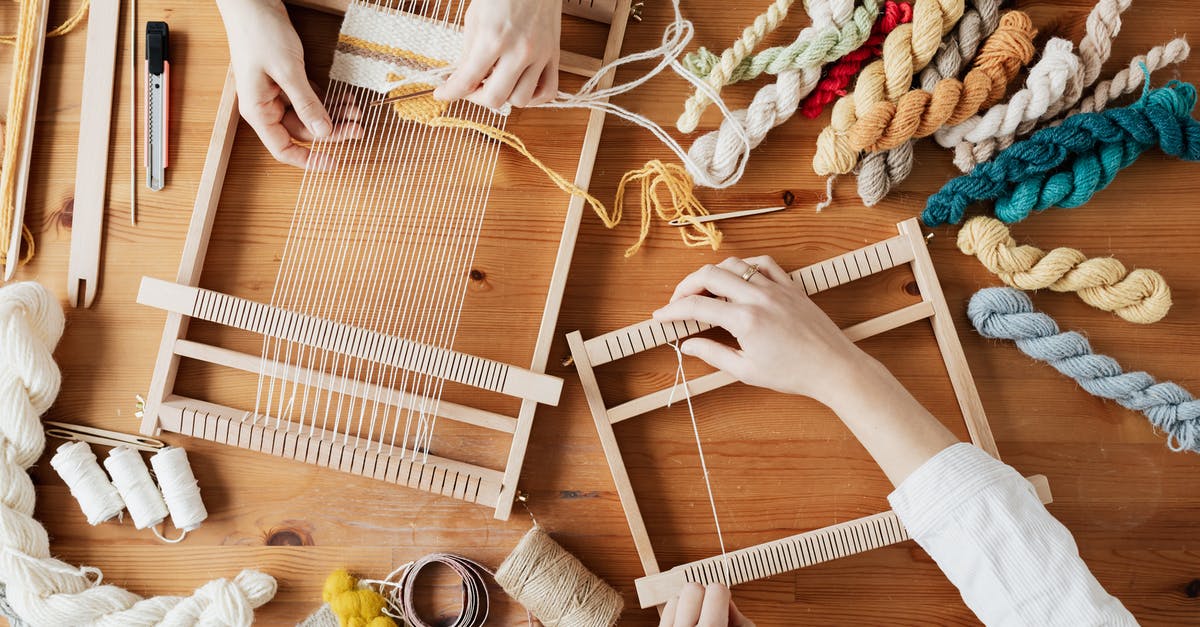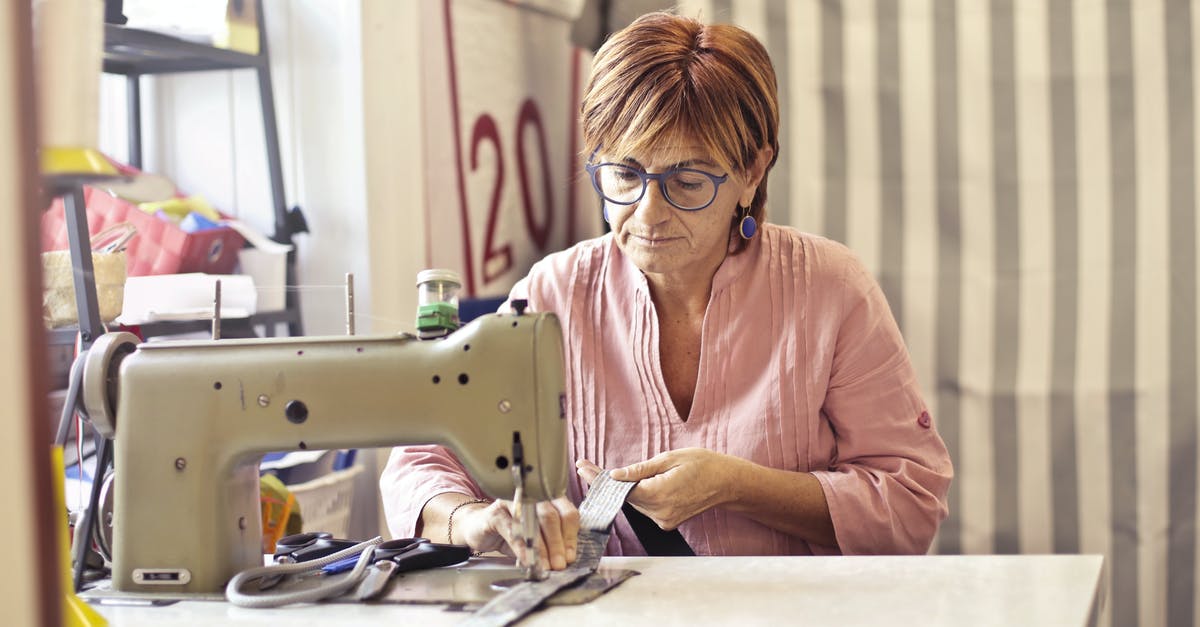Clarification on the process for making fudge

OK, so I'm trying to make fudge. The recipe which I'm following doesn't give all that much in the way of directions. So I'd like clarification of a few points, so I know what I'm aiming for.
Am I right in thinking that the objective is to heat the mixture as slowly as possible, and then cool it down again as slowly as possible?
Some sources seem to claim that you want to stir the mixture until everything disolves, and then stop stiring it and just let it boil. Is that correct?
The plan appears to be to heat the stuff until it hits the magic temperature of 115°C or 116°C (depending who you ask), and then stop heating it and let it cool down again. (?)
How crucial is it that it's exactly 116°C? I mean, obviously if it was way hotter or colder, that would be bad. But what kind of tolerance are we looking at? Is 2° either way going to matter, for example?
The recipe talks about letting the mixture cool for a while, and then stiring it "until the gloss finish disappears". Is it crucial exactly when you do this? Does it have to cool to a specific temperature or something? (I've seen recipies that seem to suggest constant stiring all the way through, and others that say to only stir once cool...)
In the past, I've bought fudge and left it unwrapped, and it dries out and becomes inedible. How do you stop this happening while you're waiting for your freshly cooked fudge to cool down? Should it not be a problem?
Flavourings should be added at the end. (?) Should it be while the mixture is still hot, or once it cools down a little? (Currently I'm using vanilla essence, but obviously I'd like to try some other things - if I ever get the fudge itself to work...)
I guess that's quite a lot of points for just one question, but I think it shouldn't be too hard to answer them all in a fairly short answer.
Best Answer
I like Kristina's suggestion that you research some of the basics of candy making. I'll answer those questions only briefly.
Generic Candy Questions
- You don't need to heat particularly slowly
This is not like an egg custard where the speed of heating will affect the curdling temperature. You're just trying to get water out. Just don't heat it so fast that you burn the bottom or overshoot the target temp. - Temperature range
The different candy stages have about a 10F range. 2-5 degrees isn't going to make much of a difference but 7-12 will start to. - Adding volatile flavorings to candy
Many flavorings are lost to heat. Such flavorings are added at the end because if they boiled the entire time they would be gone.
Fudgy questions
- Stirring
Stirring isn't required. The syrup won't burn unless you have the heat too high and are using a very cheap pot. Additionally, the syrup absolutely should not be stirred in the final moments of boiling because a sugar crystal might fall in that doesn't get dissolved. During cooling stirring would destroy the fudge because it would all crystallize. - Drying out
This is not a problem. The fudge will not dry out in the time it takes to cool. Losing the gloss
As I wrote in the other answer, the syrup is concentrated and then cooled to a super saturated state and not allowed to crystallize. When it has cooled sufficiently it is mixed like crazy to form your crystals all at once. When this happens the shiny, glossy syrup suddenly fills with crystals and becomes thick and loses the gloss.It is important that the syrup be cooled enough that it is ready to crystallize at the drop of a hat. Again- if you stir it early, as it cools, you will end up with rock candy (more or less). I just leave my candy thermometer clipped on until the target temperature is reached. Make sure the thermometer is clean- one stray sugar crystal can ruin the batch.
Pictures about "Clarification on the process for making fudge"



How do they make fudge?
Here are some tips to help you make your best fudge:What is the secret to making fudge?
SugarButterMilkWhat ingredients are in fudge?
It's the size of sugar crystals that makes the knees of fudge lovers buckle\u2026 the smaller the crystals, the less they are perceived on the tongue and the more the fudge tastes smooth and creamy. Cooking, and beating after cooking, is the key to successful fudge.The Science of Fudge - Food Science
More answers regarding clarification on the process for making fudge
Answer 2
With proper fudge making even the humidity of the day can affect crystallisation and setting. It is a science and an art.
On the other hand, there are plenty of very nice 'fudgy' candy making recipes that are much easier such as the 'Carnation Condensed milk' recipe that relies on the solid chocolate bars for setting. Icing sugar is added in the end to give it the crystal texture people associate with fudge. I find this fudge very good to keep and cut, though a little bit too chocolatey if there is such a thing!
Any 'fudge' that has lots of solid chocolate added is actually more of a chocolate recipe to soften that chocolate, by adding butter or condensed milk to make it like fudge.
Also look up Marshmallow Fudge. Some people like it as it is completely smooth and silky, but others find it a bit sickly or chemically tasting. That might depend on the brand of marshmallow used.
Sources: Stack Exchange - This article follows the attribution requirements of Stack Exchange and is licensed under CC BY-SA 3.0.
Images: Mikhail Nilov, Ivan Samkov, Karolina Grabowska, Andrea Piacquadio
